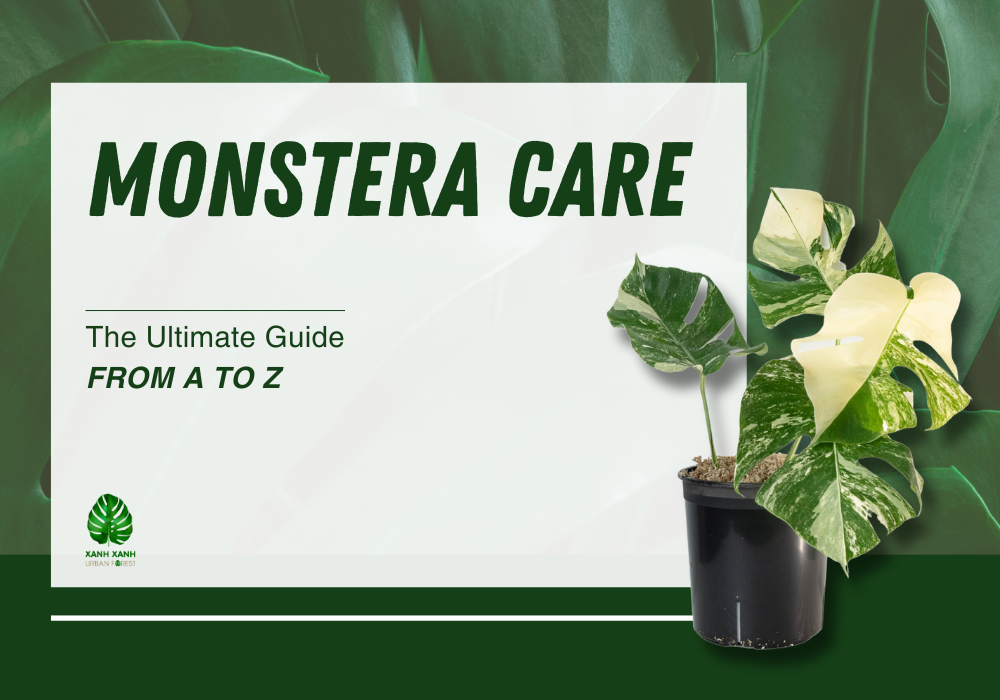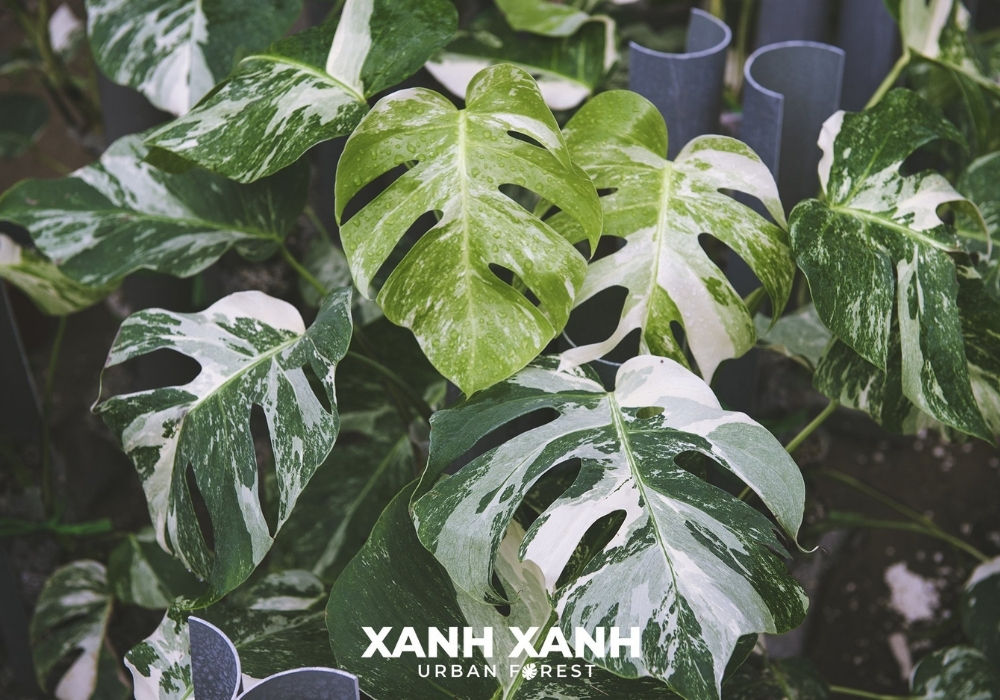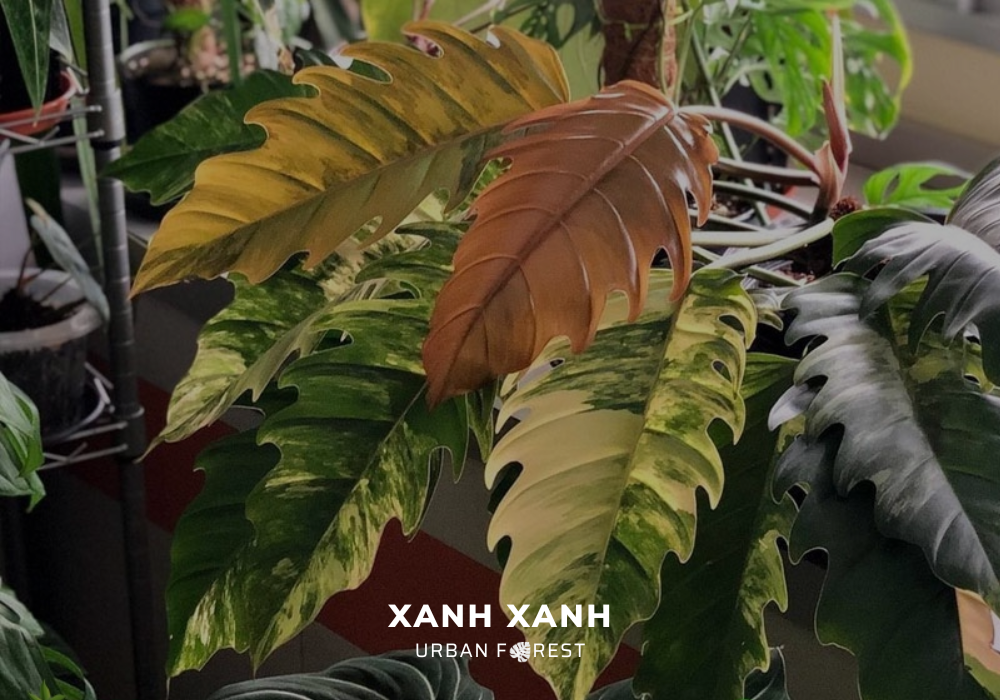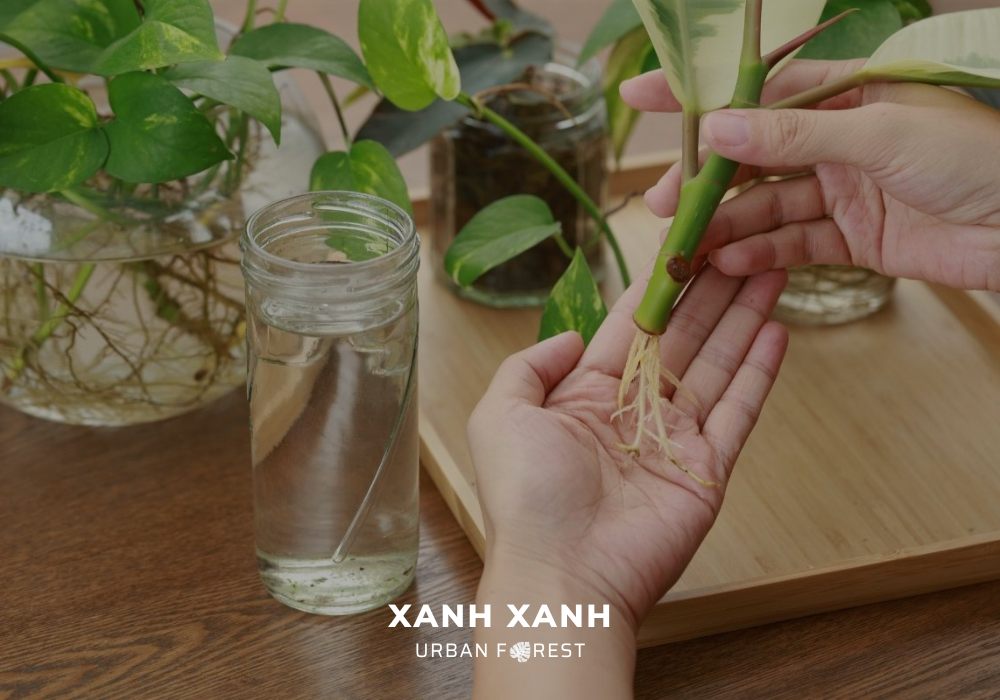Table of Contents
1. Overview about Monstera Care
With its distinctively perforated leaves, it’s no wonder that the Monstera is one of the most popular houseplants in the world. These plants are not only beautiful but also relatively easy to care for.
If you’re thinking about adding a Monstera to your home, here’s a comprehensive care guide to help you get started. We’ll cover everything from potting and repotting to watering and fertilizing. We’ll also discuss how to prevent pests and diseases.
So whether you’re a beginner or a seasoned plant parent, you can keep your Monstera healthy and thriving for years to come with the help of this comprehensive guide from Xanh Xanh Urban Forest.
2. Potting mix
The health and wellbeing of the Monstera are greatly dependent on the potting soil. It supplies the water, nutrients, and drainage that the plant requires in order to flourish.
By paying attention to these pointers, you can make sure that the potting soil your Monstera is growing in is ideal.
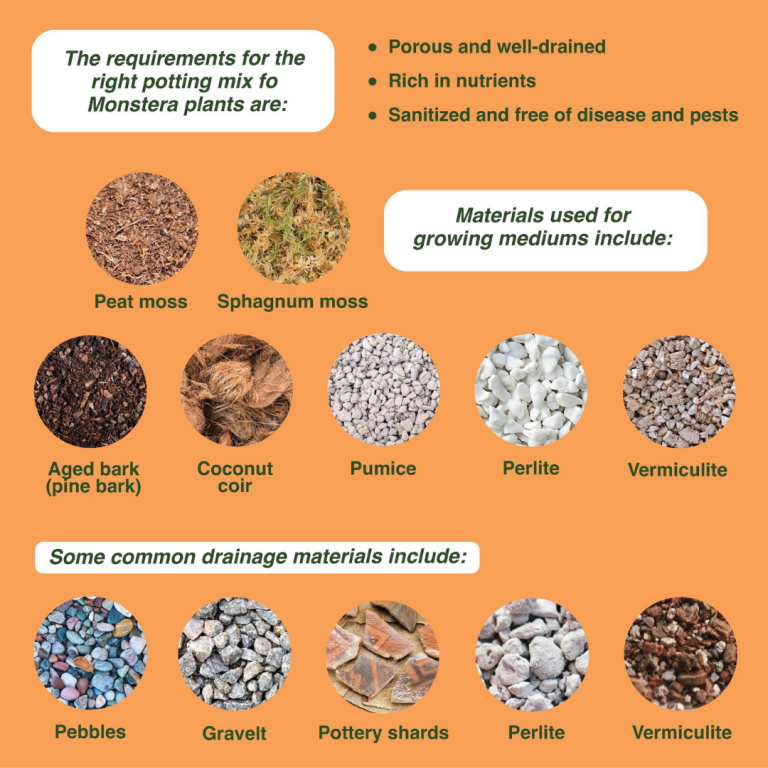
3. Repotting
Repotting helps provide the Monstera with fresh soil and room to grow. Monstera should be repotted every two to three years, or when the roots start to fill the pot.
The ideal time to repot the Monstera is during its active growing season, which typically occurs in spring or early summer. Avoid repotting during the winter months when the plant enters a dormant phase.
How to repot a Monstera:
- Choose a pot that is one size larger than the current pot. The pot should have drainage holes to prevent root rot.
- Prepare the new pot by filling it with a well-draining potting mix.
- Water your Monstera thoroughly before repotting. This will help loosen the roots in the old pot.
- Gently remove your Monstera from the old pot. Be careful not to damage the roots.
- Trim any damaged or dead roots.
- Place your Monstera in the new pot.
- Fill in around the roots with a potting mix.
- Water the Monstera thoroughly.
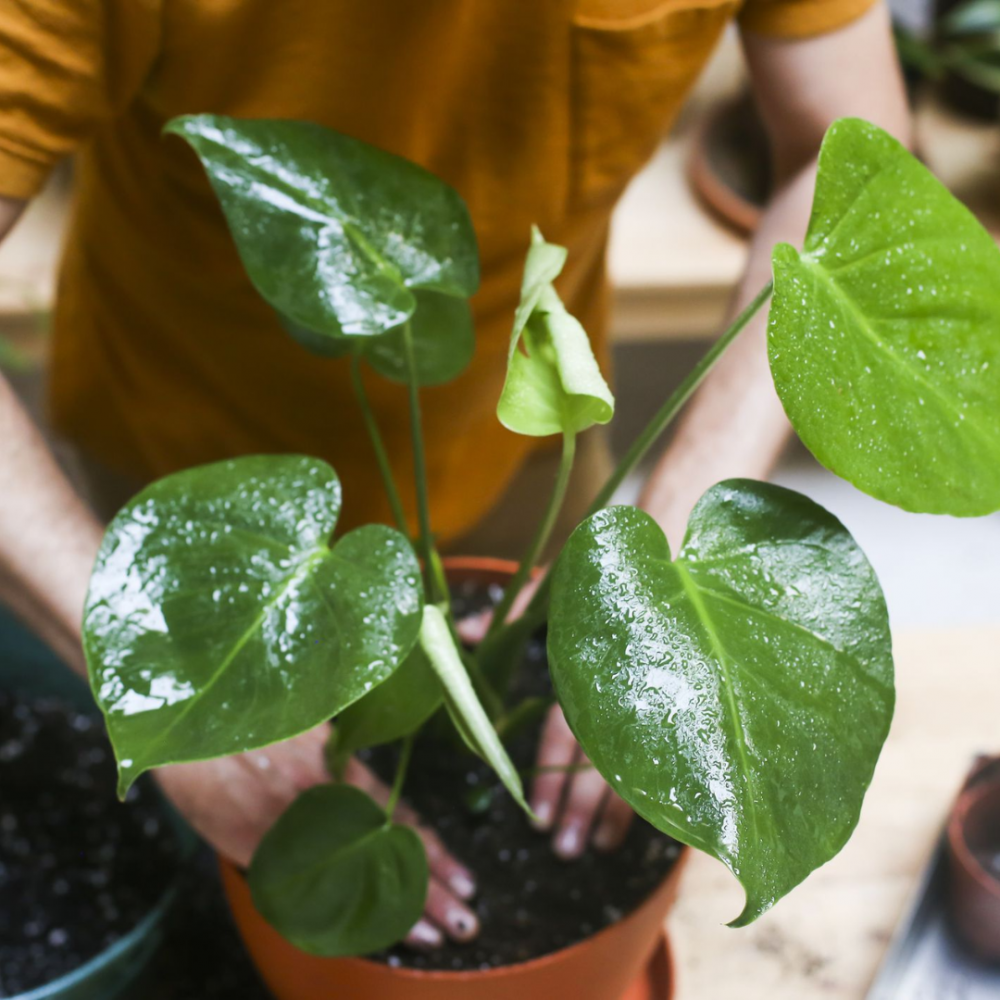
4. Watering
Water is essential for plant growth and survival. It helps plants transport nutrients and oxygen throughout their tissues, and it also helps to regulate their temperature. Monstera plants are no exception.
Here are some tips for watering the Monstera:
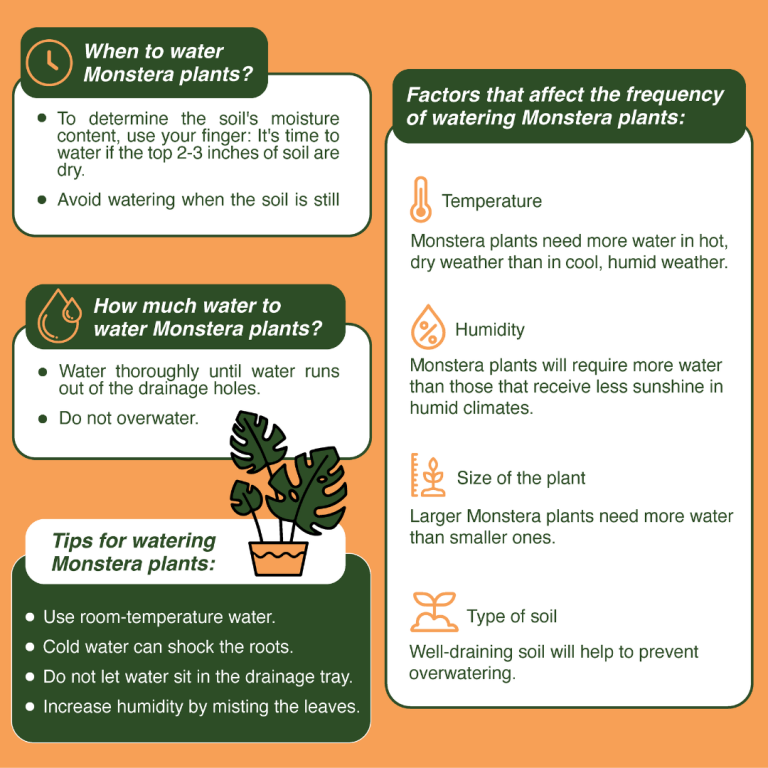
5. Lighting
Light plays a pivotal role in the care of the Monstera plant. The green and yellow parts of the leaves exemplify how the plant capitalizes on light to survive and thrive. Providing natural or artificial light is the best approach to ensuring your Monstera possesses resilience and all-encompassing beauty.
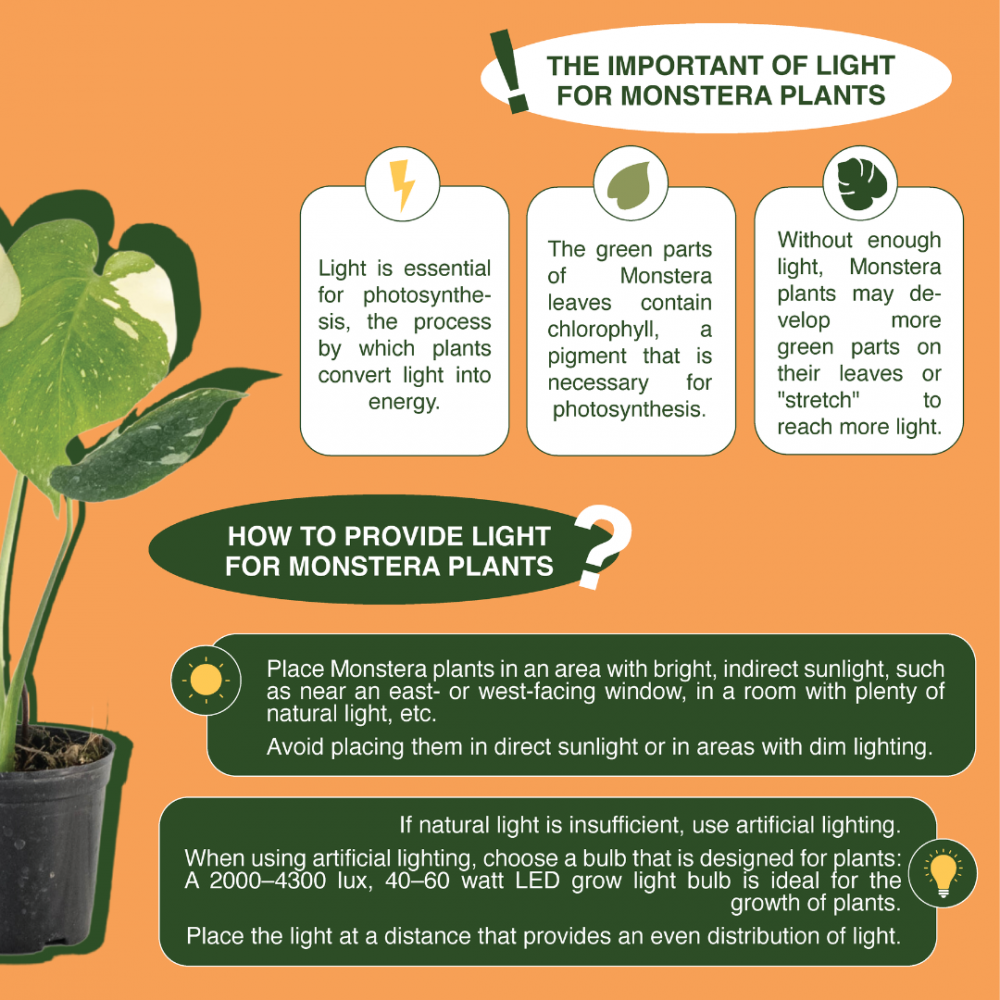
6. Temperature
Temperature is important for Monstera growth and development. It affects the rate of photosynthesis, which is the process by which plants use sunlight to convert carbon dioxide and water into food.
To ensure that your Monstera is getting the right temperature, here are some tips for you:
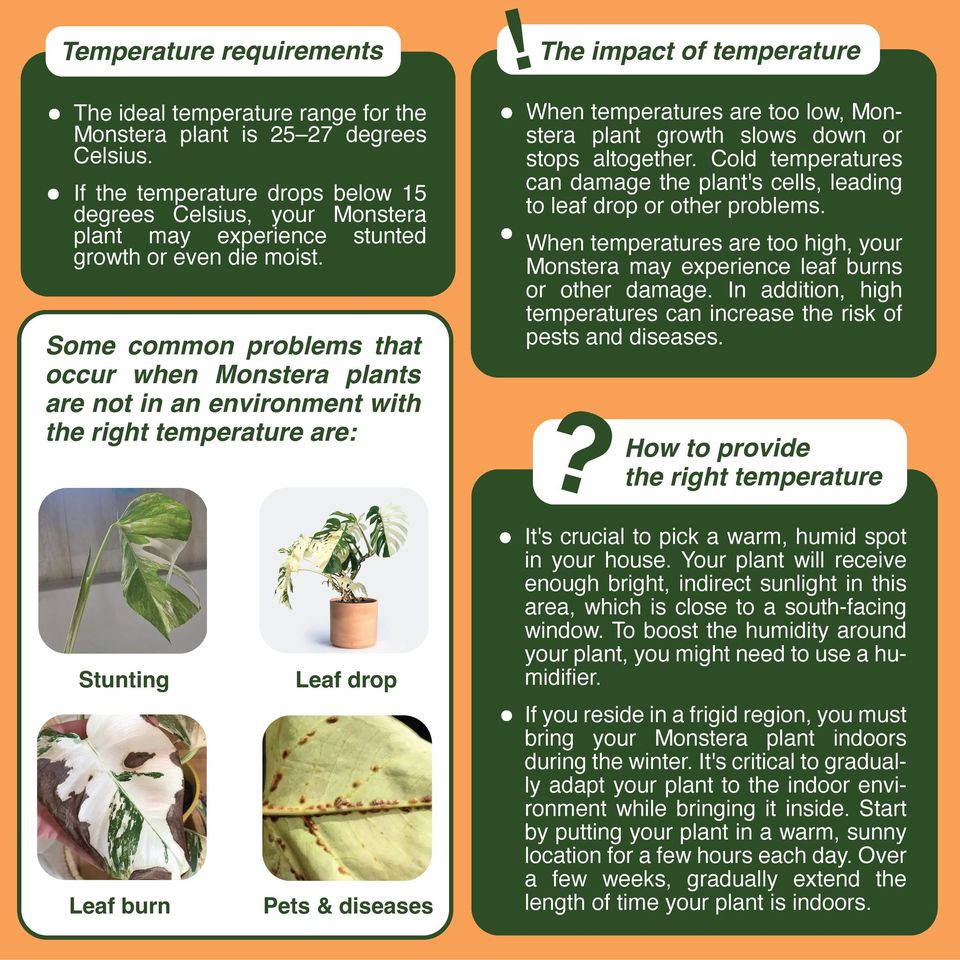
7. Fertilizer
A vital component of plant maintenance is fertilizer, which is particularly crucial for plants’ development and nutrient needs.
Nitrogen (N), potassium (K), phosphorus (P) are among the vital elements that fertilizer gives plants to support their growth. The growth of leaves is attributed to nitrogen, the growth of roots to phosphorus, and general health and vitality to potassium.
Without fertilizer, the Monstera will eventually become nutrient-deficient. This can lead to a number of problems, including stunted growth, yellowing leaves, and increased susceptibility to pests and diseases.
To fertilize your Monstera, use a balanced fertilizer with 10% nitrogen content, 10% phosphorus content and 10% potassium content; or 12% nitrogen content, 12% phosphorus content and 12% potassium content. Fertilize your Monstera once a month during the spring and summer, when it is actively growing.
8. Humidity
Monsteras are tropical plants that prefer high humidity. The ideal humidity level for Monstera is between 60 and 80%. If the humidity level drops below 50%, your Monstera may start to show signs of stress.
Humidity is important for the Monstera for several reasons.
First, it helps to prevent the leaves from drying out. Monstera has large, thin leaves that are prone to drying out in dry air. High humidity helps to keep the leaves hydrated and prevents them from becoming brown or crispy.
Second, humidity helps to prevent pests and diseases. Pests and diseases are more likely to attack the Monstera in dry air. High humidity helps to create a less hospitable environment for pests and diseases.
Third, humidity helps to promote photosynthesis. Photosynthesis is the process by which plants convert sunlight into energy. High humidity helps to improve photosynthesis, which can lead to faster growth and healthier plants.
There are a few ways to increase humidity in Monstera. A humid space, like a kitchen or bathroom, is another option for caring for the plant. To make the air surrounding the plant more humid, you can also use a humidifier.
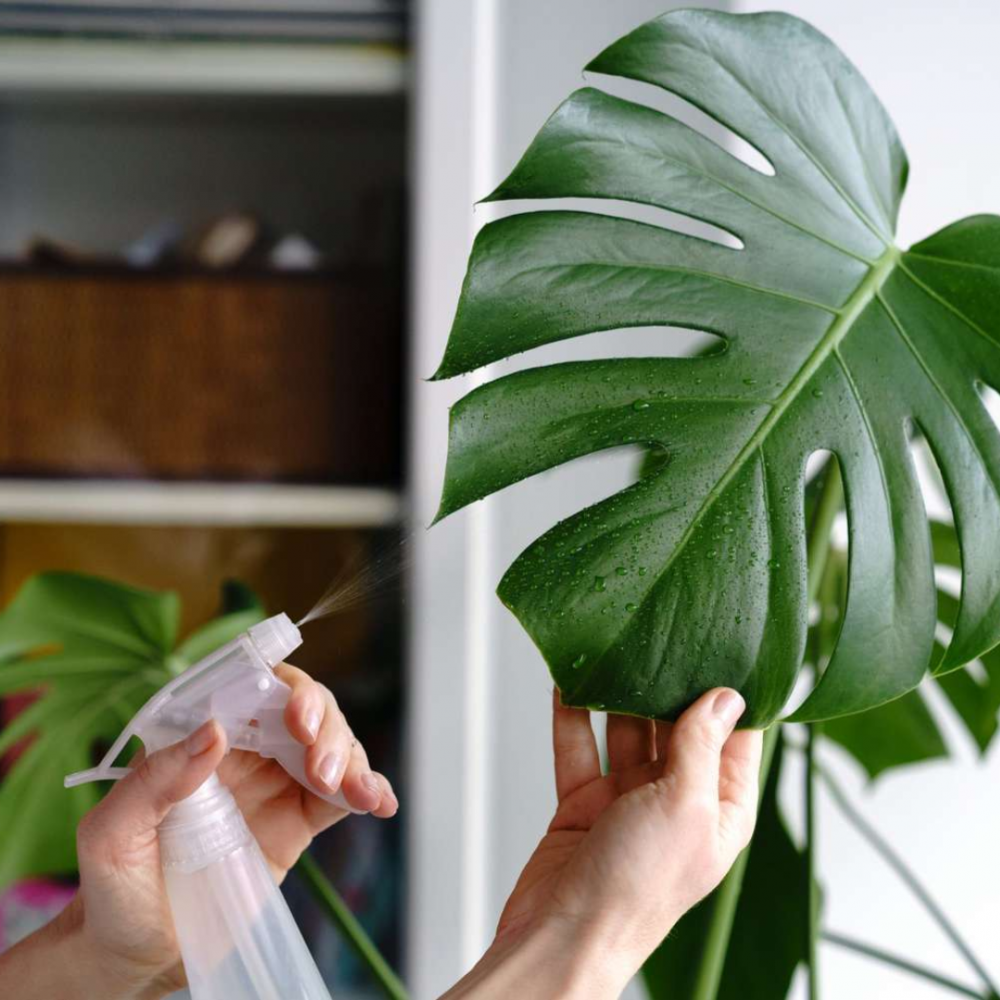
9. Flowering
The Monstera are known for their stunning foliage, but they can also produce flowers. Flowering is not common in indoor Monstera, however, when they flower, the flowers are a beautiful and delicate sight.
Monstera flowers are small and white, with a slightly sweet scent. They grow in clusters called panicles, which can be up to 12 inches long. The flowers are pollinated by insects, such as bees and butterflies.
Flowering is an important part of the Monstera plant’s life cycle. It is the way that the plant reproduces. When the flowers are pollinated, they produce seeds. These seeds can then be planted to grow new Monstera plants.
In addition to reproduction, flowering can also be a sign of a healthy Monstera plant. If your Monstera is flowering, it is a good indication that the plant is getting the care it needs.
Here are some tips to help encourage your Monstera to flower:
- Give the Monstera plenty of bright, indirect light.
- Keep your Monstera’s soil moist but not soggy.
- Fertilize your Monstera regularly during the spring and summer.
- Provide your Monstera with high humidity.
If you follow these tips, you may be rewarded with the sight of beautiful Monstera flowers.
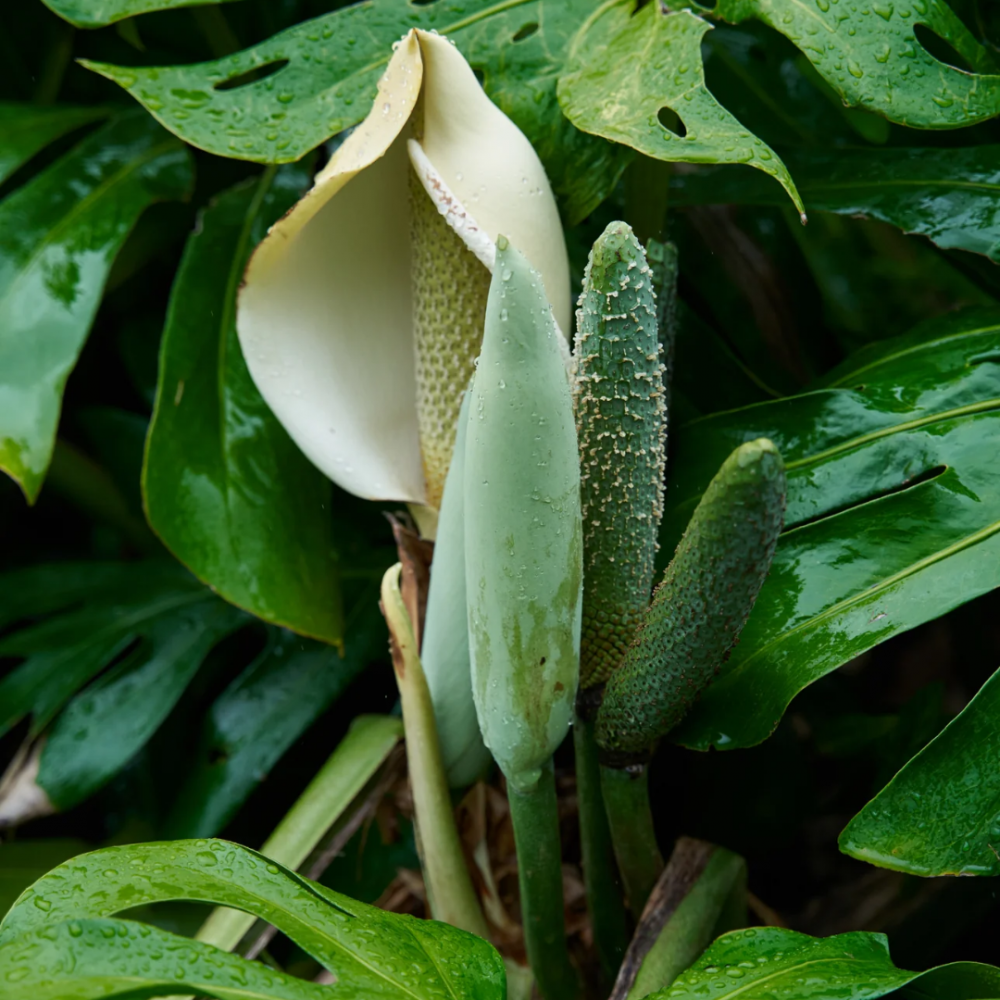
10. Pruning
Pruning the Monstera can help control its size, encourage new growth, and prevent diseases and pests. But in fact, over pruning can actually damage your plant for several reasons:
- Excessive pruning can hinder the plant’s photosynthesis process, leading to stunted growth and weakened stems.
- Over-pruned plants become vulnerable to dehydration and wilting due to impaired water balance regulation.
- Open wounds from pruning serve as entry points for pathogens, increasing the risk of infections in stressed plants.
- Reduced foliage leaves the plant exposed to harsh weather conditions, heightening the risk of sun damage, wind damage, and frost damage.
- Over pruning compromises the structural integrity of the plant, making it more susceptible to breakage.
How to Prune a Monstera
To prune your Monstera, use a sharp, clean knife or shears. Cut the stem just above a node, which is the point where a leaf or aerial root emerges. Be sure to wear gloves to protect your hands from the sharp thorns on Monstera leaves.
When to Prune a Monstera
The best time to prune your Monstera is in the spring, when new growth is starting to appear. This will help to ensure that your plant heals quickly.
Pruning is a valuable tool that can help you keep your Monstera healthy and thriving. By following these tips, you can safely and effectively prune your Monstera to achieve the desired results.
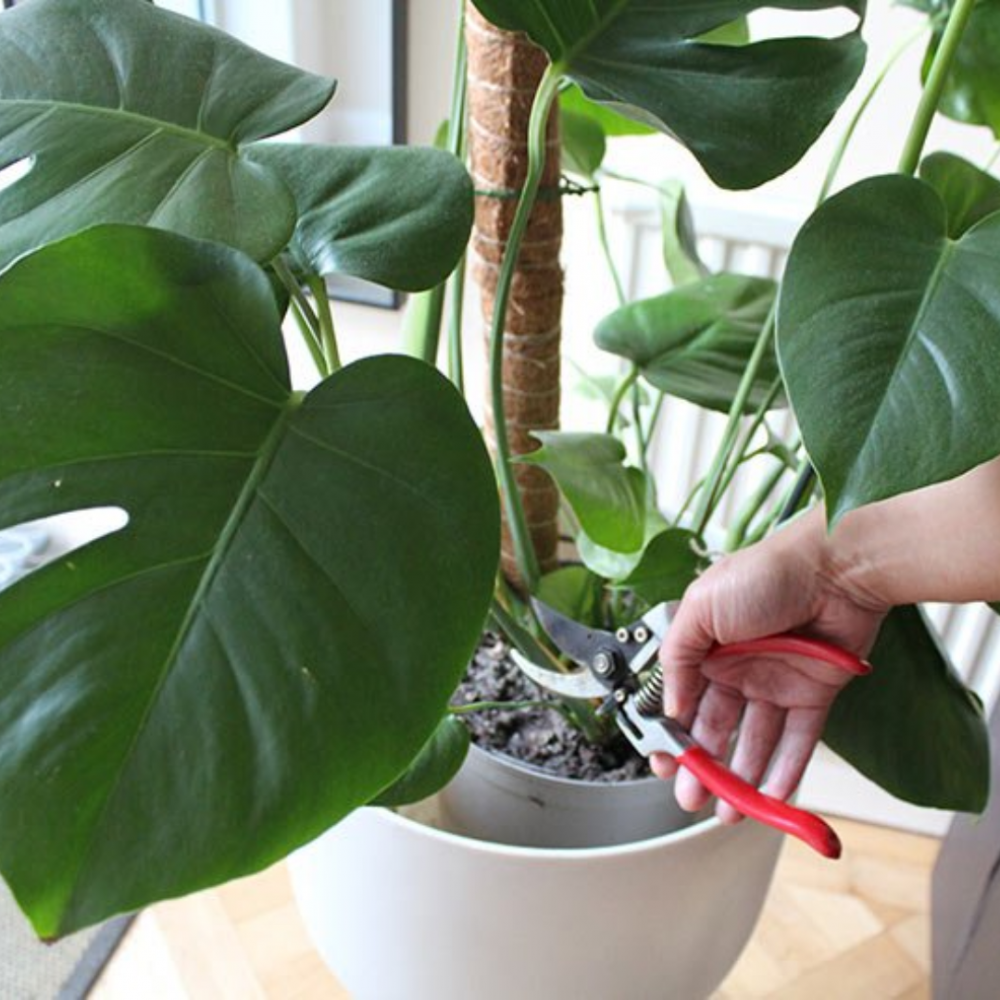
11. Propagating
Propagating is a great way to add new plants to your collection or share your love of plants with others. It is also a rewarding way to see the cycle of life unfold.
The Monstera are relatively easy to propagate, and there are several methods you can use:
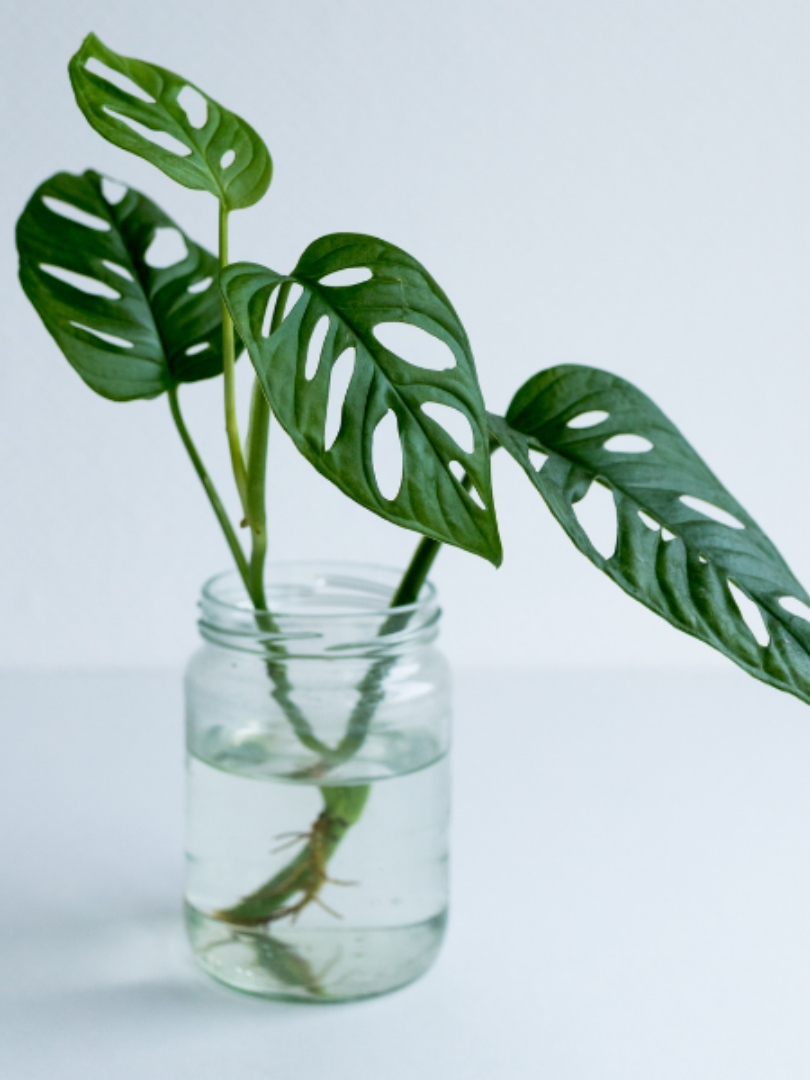
Stem cuttings: This is the most common method of propagating Monstera. To propagate a Monstera from stem cuttings, simply cut a stem with at least two nodes. Let the cutting callus over for a few days, then plant it in a well-draining potting mix.
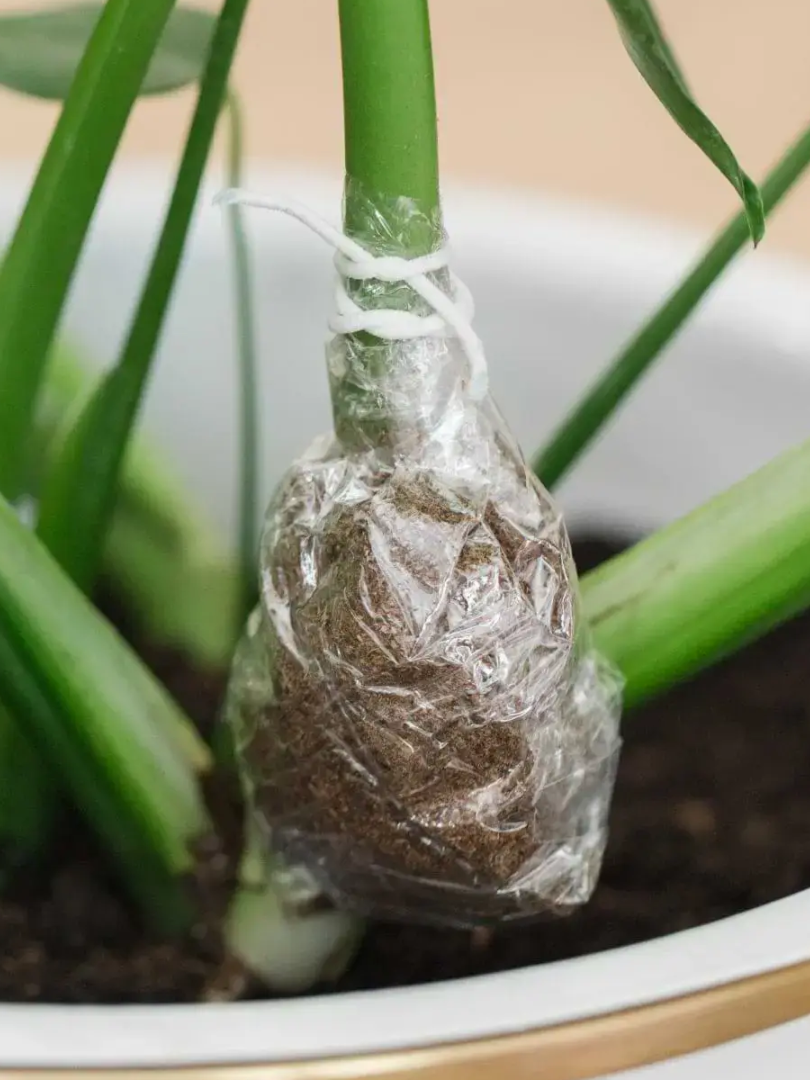
Air layering: This method is a bit more challenging, but it can be very successful. To air layer a Monstera, make a cut in the bark of the stem. Wrap the cut area with damp moss, and then cover it with plastic wrap. After a few months, roots will begin to form in the cut area. Once the roots are well-developed, you can cut the air layer from the mother plant and plant it in its own pot.
Monstera cuttings can be propagated in water or in soil.
- If you are propagating in water, simply place the cutting in a glass of water and wait for roots to form. Once the roots are about an inch long, you can plant the cutting in the soil.
- If you are propagating in soil, simply plant the cutting in a pot with a well-draining potting mix. Keep the soil moist, but not soggy. The cutting should start to root within a few weeks.
12. Moving
Moving the Monstera plant requires careful preparation and execution to minimize stress and ensure its survival during the transition. Here’s a detailed guide on how to move your Monstera safely:
12.1. Before the Move:
- Assess Plant Health: Ensure your Monstera is healthy and well-hydrated before the move. This will increase its resilience during the transportation process.
- Adapt Watering: Adjust your watering schedule slightly to account for the move. Reduce watering a few days before to allow the soil to dry out slightly, preventing water logging during transport.
- Acclimate to Conditions: If moving to a different climate, gradually acclimate your Monstera to the new environment’s temperature and humidity levels. This will minimize shock and prevent stress.
12.2. During the Move:
- Secure the Pot: Tightly wrap the pot in plastic wrap to prevent soil from spilling during transport. This will also protect the pot from damage.
- Protect the Leaves: Carefully wrap the leaves and stems in packing paper to prevent them from getting crushed or scratched. Secure the wrapping with tape or twine.
- Choose Proper Container: Select a sturdy container, such as a cardboard box or tote, that is slightly larger than the plant to accommodate the leaves and prevent movement within the container.
- Support the Plant: Place pillows, foam, or packing peanuts around the plant inside the container to provide support and prevent it from shifting during transport.
- Ventilate the Container: Ensure the container has adequate ventilation holes to allow air circulation and prevent suffocation.
12.3. After the Move:
- Unpack Gently: Carefully unpack the plant, removing any packing materials and checking for any damage.
- Replant (If Necessary): If the plant was moved with bare roots, carefully plant it in a pot filled with fresh, well-draining potting mix.
- Resume Care Routine: Gradually reintroduce the Monstera to its regular watering, light, and humidity requirements.
- Monitor for Stress: Observe the plant for signs of stress, such as drooping leaves or discoloration. Adjust care accordingly to promote recovery.
- Be Patient: Allow your Monstera time to adapt to its new environment. With proper care and patience, it will thrive in its new home.
13. Disease & Pests
Monstera are relatively resistant to disease and pests, but they can be susceptible to a few common problems.
13.1. Root rot
Root rot is the most common disease that affects Monstera. It is caused by overwatering, which allows bacteria and fungi to grow in the soil. If you suspect that your Monstera has root rot, carefully remove it from the pot and inspect the roots. If the roots are brown or black and mushy, they are rotted. Cut away all of the rotted roots and repot the plant in a pot with fresh, well-draining soil.
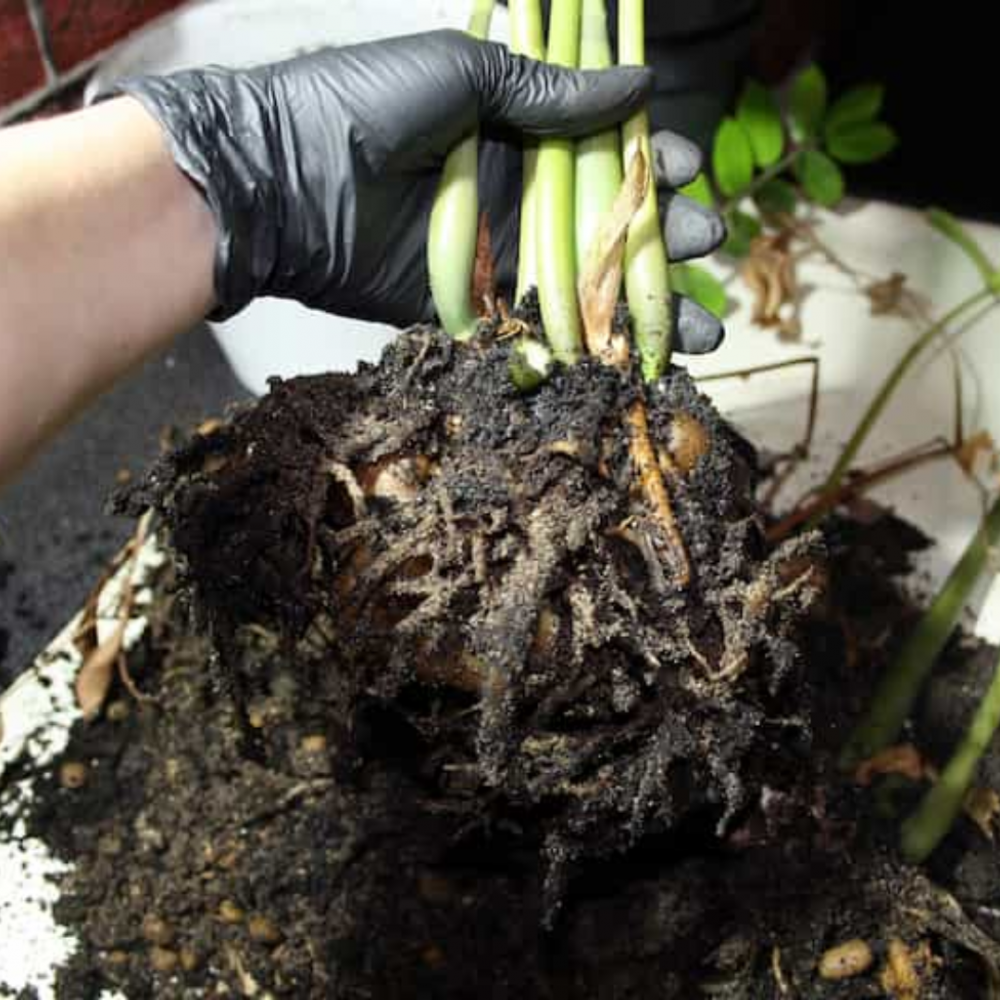
13.2. Leaf rot
Leaf rot is another common disease that can affect Monstera. A combination of high humidity and overwatering makes leaves more vulnerable to fungal infections. Water your Monstera only when the soil is completely dry. Stay away from planting plants in highly humid places.
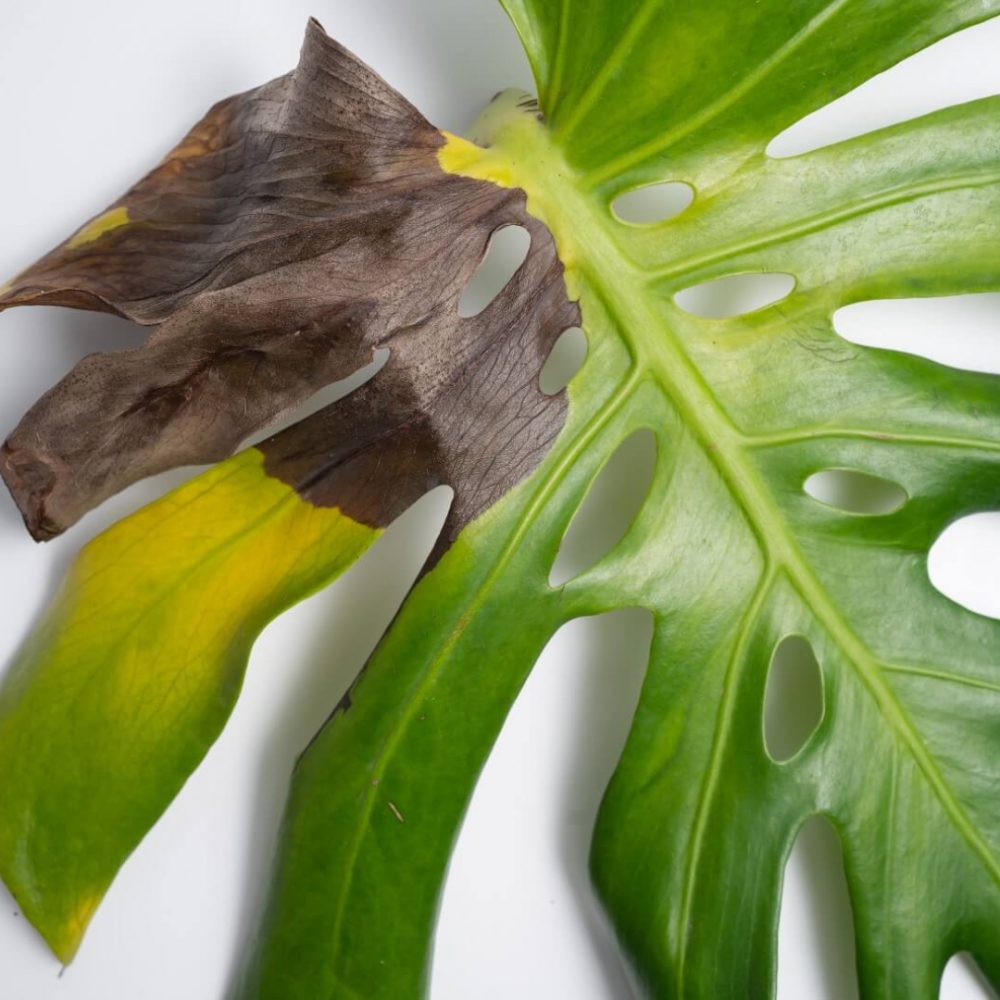
13.3. Leaf burn
Leaf burn can be caused by a variety of factors, including too much direct sunlight, high temperatures, and low humidity. Plant your plants where they will receive indirect sunlight to avoid leaf burn. Additionally, you should visit places with high temperatures or low humidity.
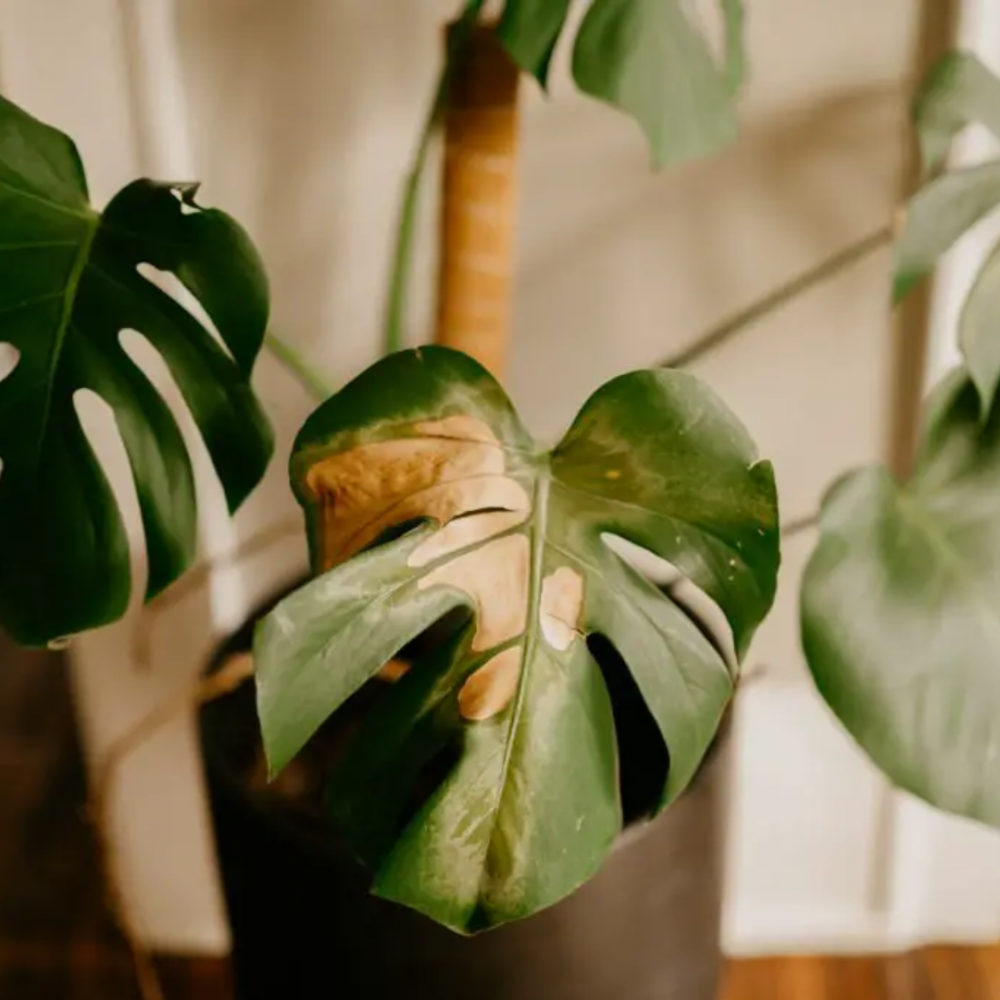
13.4. Yellow leaves
A lack of nutrients, overwatering, or underwatering can all be indicated by yellow leaves. Should you be unsure of the reason behind the yellow leaves, you may attempt to fertilize the plant, change the watering schedule, or repot the plant in new soil.
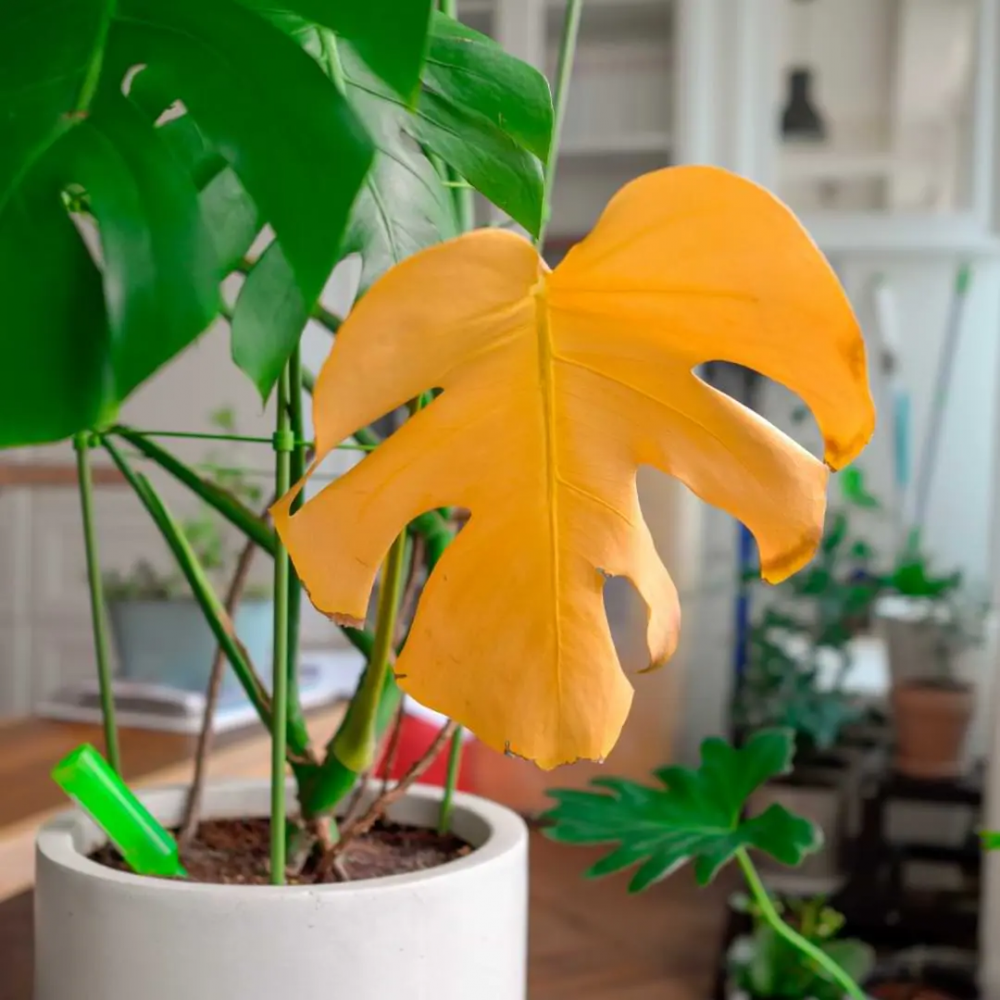
13.5. Rust fungus
Monstera leaves may get brown or orange patches due to a fungal disease called rust. In warm, humid regions, rust is most prevalent. Apply a fungicide to the plant if rust starts to show on it.
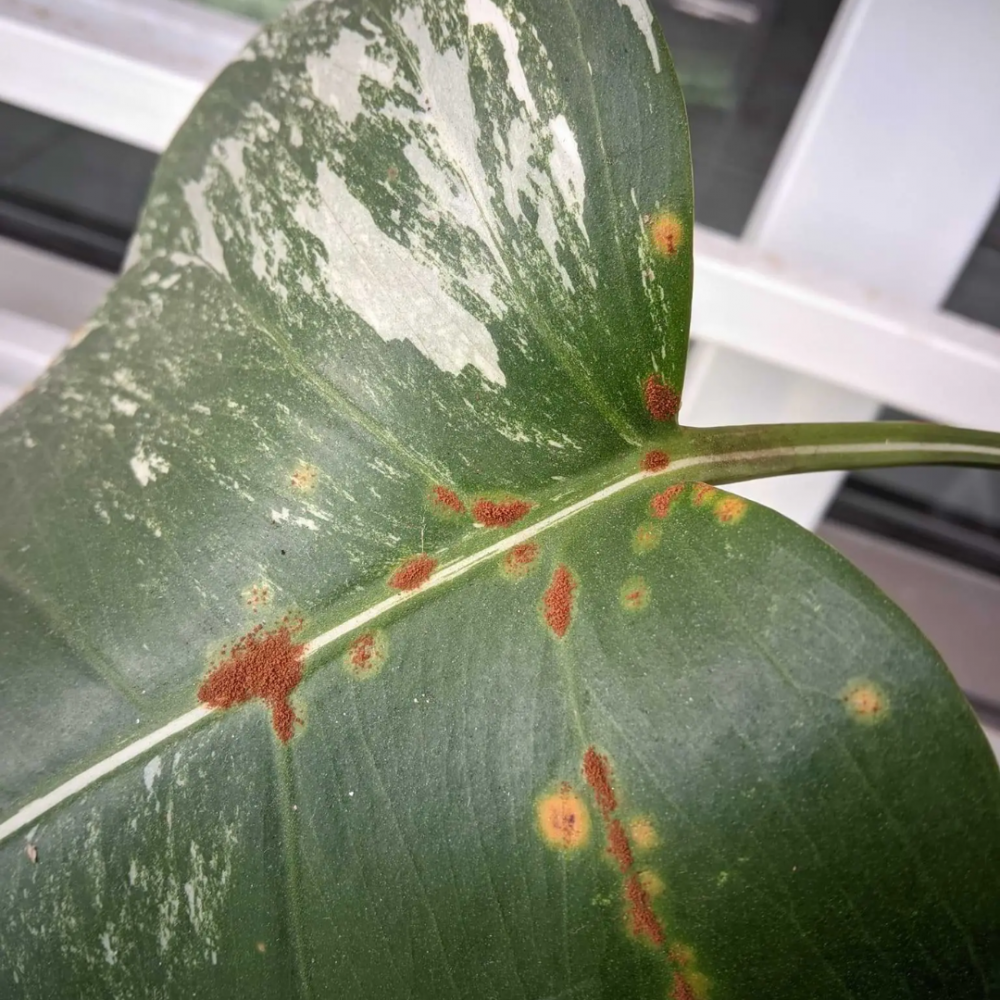
14. Final Thoughts
Monstera plants have captivated homes and hearts worldwide with their alluring tropical charm and captivating foliage. By providing them with the proper care and attention, you can transform your living space into a lush oasis, adding a touch of nature’s artistry to your everyday life. With patience, dedication, and a sprinkle of plant love, your Monstera plant will thrive, bringing you years of verdant beauty and tropical charm.
You can enjoy the beauty of these plants for many years to come with a little maintenance.
Xanh Xanh Urban Forest hopes this blog post has been informative and helpful. If you have any questions, contact us via:

